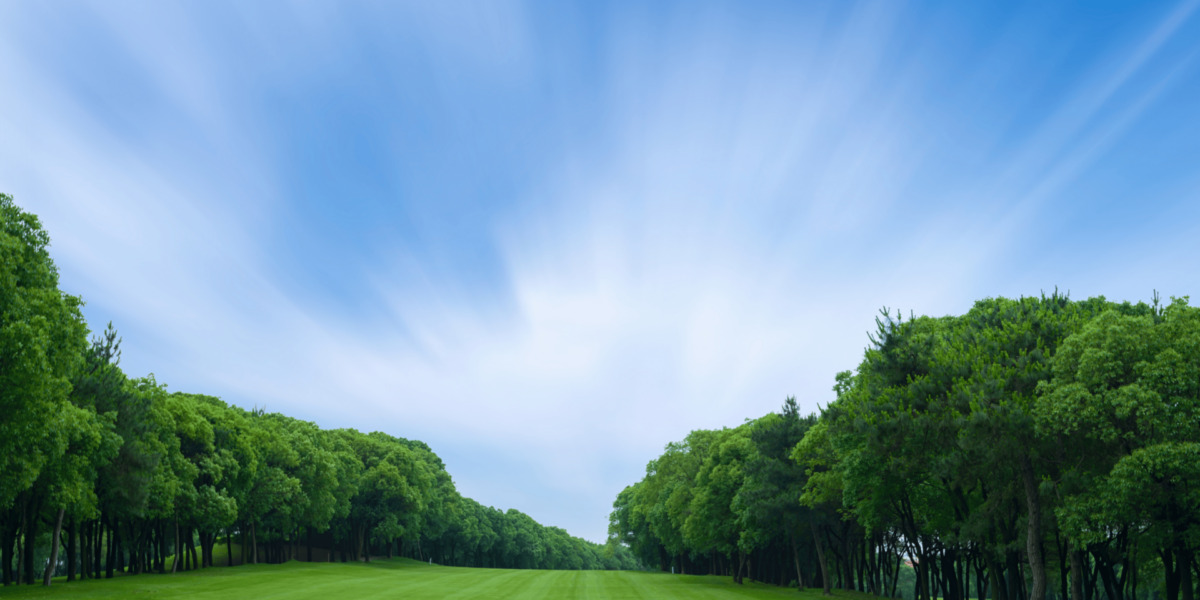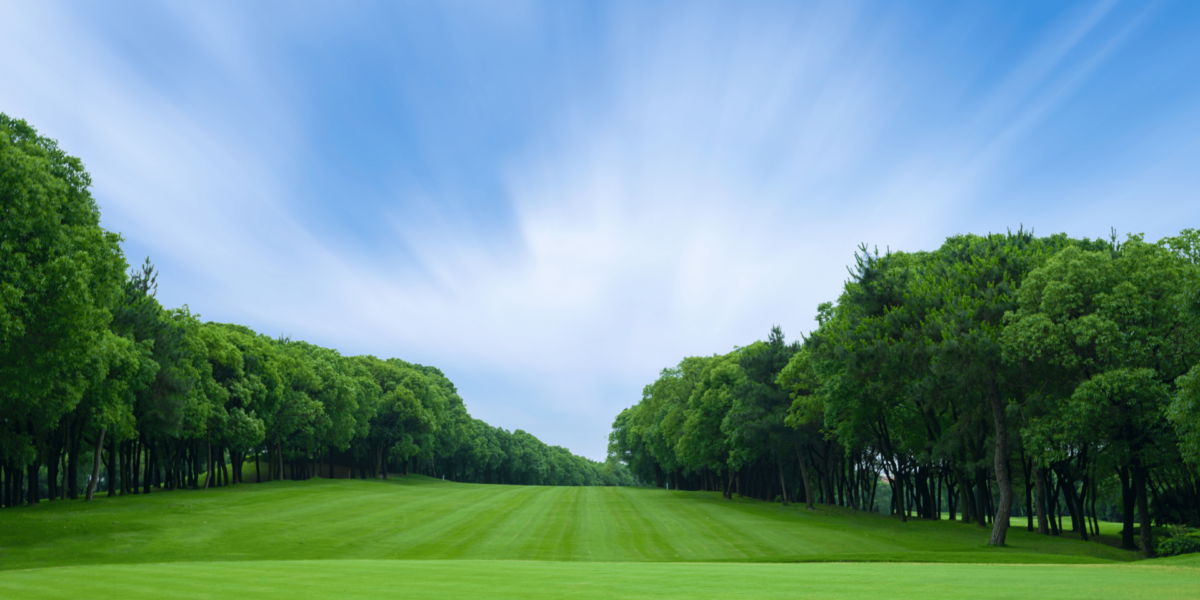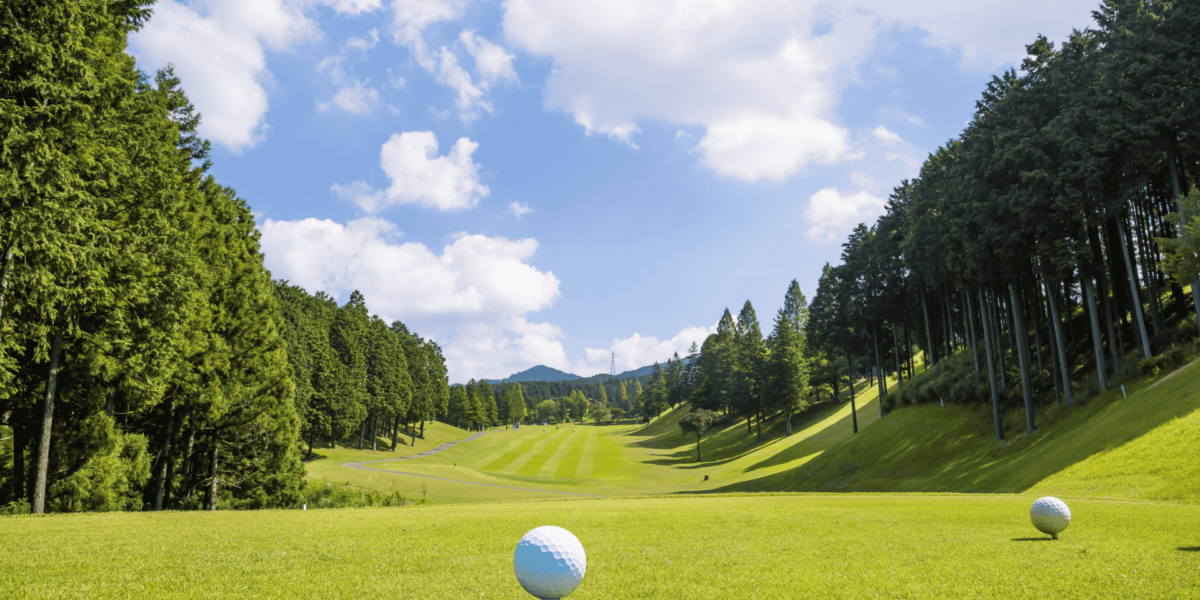At the foot of Ireland’s highest peaks lies a golf course shaped by nature, history, and tradition. Beaufort Golf Club doesn’t rely on flash or fame. It offers something deeper—the spirit of golf, grounded in the land and elevated by its mountain backdrop. This is where the game feels pure and the landscape becomes part of the story.
A Course Framed by the MacGillycuddy’s Reeks
Beaufort Golf Club sits beneath the MacGillycuddy’s Reeks, Ireland’s tallest mountain range. The peaks tower above the course, creating a dramatic setting unlike any other. The landscape shapes the golf experience, from the shifting winds to the changing light across the fairways.
From the first tee, players face more than a round of golf—they step into a living scene. The mountains don’t just frame the course; they influence how each shot plays. The elevation changes, air density, and even the silence between swings create a connection to nature that is rare in modern golf.
Where Each Hole Has a Purpose
Beaufort’s layout follows the land instead of fighting it. The course blends naturally with the terrain, using contours, slopes, and local vegetation to define its challenges. Fairways curve with the fields. Greens sit in low valleys or perch near streams. The design feels intentional, not forced.
A golfer on the 7th hole might face a sidehill lie just as a breeze picks up off the lake nearby. The shot requires balance and timing, not just distance. Instead of offering shortcuts, the course asks players to pay attention—to the ground underfoot and the wind overhead.
A Round That Reflects the Local Way of Life
Beaufort isn’t just a course—it’s part of the community. Owned and operated by people who live in the area, the club reflects a way of life rooted in hospitality, care, and hard work. The grounds crew arrives early, often before sunrise, walking the course to assess conditions. Their attention to detail keeps the course consistent and playable, even with shifting weather.
Visitors notice the difference. The clubhouse feels personal. Staff members offer insights, not sales pitches. Players from abroad are treated like neighbors, not tourists. The experience is shaped by people who care about the land and the game equally.
Nature Plays Its Own Game
The Reeks affect more than the view—they shape the weather. A calm morning can shift into a misty afternoon within an hour. Players must adapt their approach, club choice, and rhythm to stay in control. Beaufort teaches patience and focus by offering conditions that test more than skill.
A realistic scenario: on the 14th hole, the wind shifts direction, blowing straight into a player’s face. The hole plays longer, and the green is guarded by a narrow stream. Choosing the right club becomes a decision of risk and reward. Trusting your swing matters, but so does reading the elements around you.
Sustainability Anchored in the Landscape
Beaufort Golf Club doesn’t operate like a high-impact resort. It respects the land it occupies. The course relies on sustainable practices that protect the local ecosystem. Natural water sources support irrigation. Grass varieties suited to the region reduce the need for chemicals. Trees, hedgerows, and native plants remain untouched wherever possible.
These practices keep the course healthy and maintain the scenery that makes it special. Players walk alongside wildlife, pass through groves of old trees, and hear native birds as they move through the back nine. It’s not a manicured theme park—it’s a working landscape that supports life beyond the game.
Precision Over Power
Beaufort’s layout rewards precision, not power. Long hitters won’t find easy success. The course calls for smart decisions and strategic shot placement. Its par fours and threes present real challenges, not through sheer distance, but through tight angles, small landing areas, and subtle breaks on the greens.
On the 10th hole, a narrow fairway slopes toward a thick stand of trees. A careless drive risks trouble. Hitting a lower iron off the tee offers control but demands a perfect second shot over a ridge to reach the green. The hole doesn’t punish—it challenges. And players learn to think differently as the round progresses.
Tradition That Lives in Every Round
Beaufort honors tradition, not through ceremony, but through its approach to the game. There are no unnecessary distractions—no screens on carts, no loud music on the range. The course encourages walking, with clear paths between holes and benches made from local timber.
Caddies, when available, offer more than yardages. They speak to the course’s rhythm, helping visitors understand how it plays over time. They share stories about past matches, weather quirks, and even how animals have shaped the rough. This passing of knowledge ties each round to something larger than a scorecard.
A Destination Without the Crowds
Unlike famous Irish courses packed with international travelers, Beaufort moves at its own pace. It stays accessible to visitors while avoiding the crowds and commercialism that often come with high-profile golf destinations. Tee times are steady but not overbooked. Players often find space to move without delay.
A solo traveler arrives early on a weekday. They walk into the clubhouse, book a round, and hit the first tee within 15 minutes. No waiting. No pressure. Just the sound of their steps on the dew-covered grass and the steady swing of their club under the open sky.
Golf Elevated by the Elements
Golf at Beaufort is not just about technique—it’s about being present. The course’s setting, shaped by wind and time, demands awareness and respect. Players learn to work with the land, not against it. Every shot becomes part of a larger rhythm, and every hole brings a new perspective.
The mountains remain in view throughout the round, shifting in light and shadow. Clouds roll over their peaks. Wind picks up and dies down. The course doesn’t stay still, and neither does the experience. This constant change keeps each round fresh and memorable.
Why Beaufort Redefines the Golf Experience
Beaufort Golf Club doesn’t seek fame. It doesn’t need to. The course speaks through its land, its people, and its approach to the game. It reminds players that golf isn’t about spectacle—it’s about connection. With the land. With the shot. With the silence between swings.
This is where the spirit of golf lives—not in luxury, but in authenticity. At Beaufort, the mountains stand tall, the game runs deep, and the sky opens wide.







